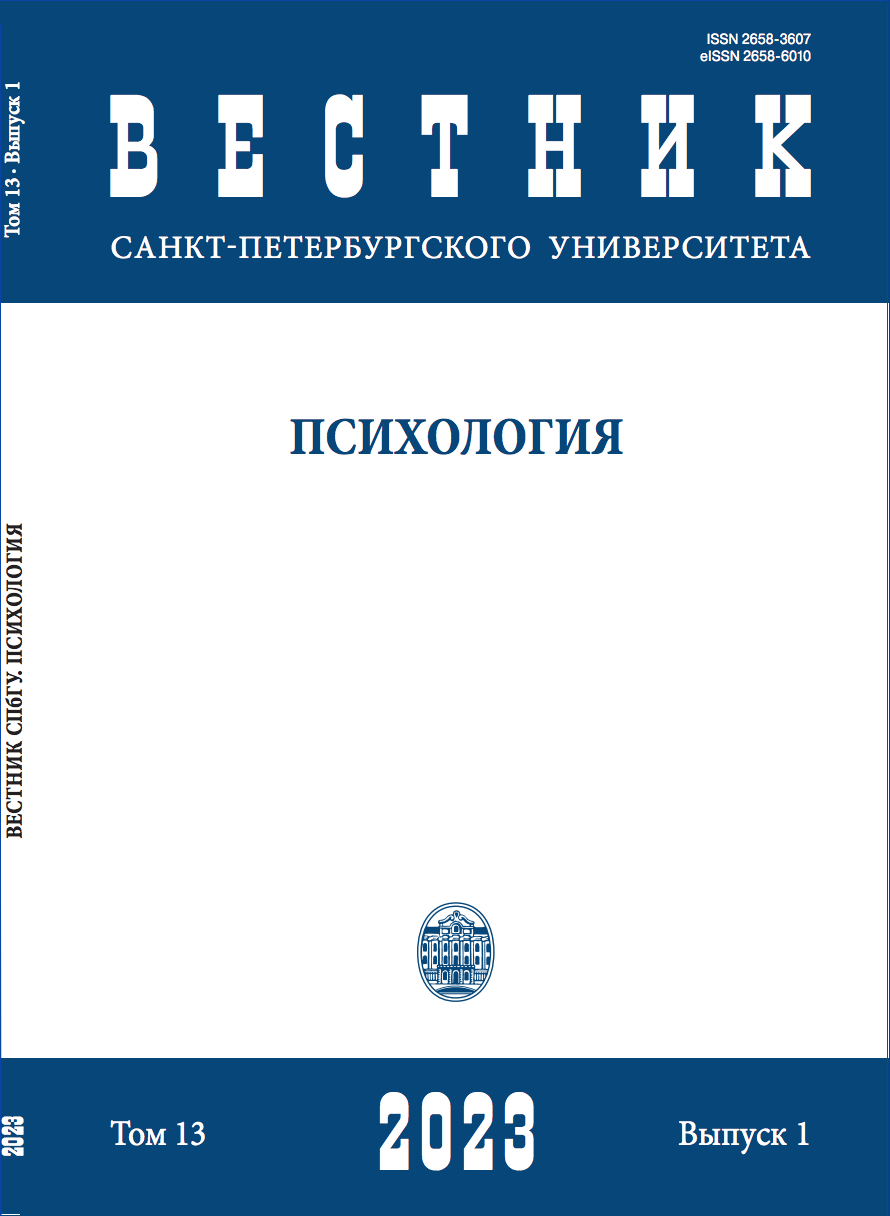Методика оценки структурных гендерных барьеров в организации: разработка и оценка психометрических свойств
DOI:
https://doi.org/10.21638/spbu16.2023.106Аннотация
В гендерных исследованиях существует недостаток психологических инструментов для оценки выраженности гендерного неравенства в организации. Гендерное неравенство на структурном уровне организации проявляется как гендерная асимметрия в организации в целом и на отдельных статусных позициях и обозначается преимущественно метафорами «стеклянных» феноменов: «стеклянный потолок», «липкий пол», «стеклянные стены», «стеклянный эскалатор», «стеклянная скала», «стеклянная коробка». Статья посвящена разработке и апробации авторской методики оценки структурных гендерных барьеров в организации. Исследование проводилось с помощью онлайн-опроса в 2020 г., выборку составили 273 наемных работника в возрасте от 18 до 62 лет (медиана 34 года) из различных организаций. Опрос включил, кроме разработанной методики оценки структурных гендерных барьеров, методики оценки гендерного неравенства на индивидуально-поведенческом и нормативном уровне в организации (шкалы Doing gender и Undoing gender, Шкала выраженности норм, поддерживающих гендерное неравенство (авторские разработки), методику «Перцепция политик организации» (авторская модификация методики К.Какмар (K.Kacmar) и Д.Карлсон (D.Carlson)). Также в опрос были включены вопросы о характеристиках организации для оценки критериальной валидности. Проводились анализ надежности, корреляционный анализ, эксплораторный факторный анализ, применялся метод структурного моделирования. Результаты исследования показали хорошую надежность шкал методики. КФА не дает оснований для принятия шестифакторной модели. Был проведен эксплораторный анализ для уточнения факторной структуры, принята однофакторная модель, объясняющая 54% дисперсии. Выявлена положительная связь показателя структурных гендерных барьеров с выраженностью норм, поддерживающих гендерное неравенство, с наличием несправедливых политик в организации и с использованием индивидуальной поведенческой стратегии «стирания гендера» в организации; получена отрицательная связь с количеством в организации женщин на высоких руководящих позициях. Полученные результаты свидетельствуют в пользу надежности, конструктной и критериальной валидности методики. Указано на важность дальнейшей проверки шестифакторной модели и психометрических свойств методики.
Ключевые слова:
гендерные барьеры, гендерное неравенство, организационные барьеры, стеклянный потолок
Скачивания
Библиографические ссылки
References
Загрузки
Опубликован
Как цитировать
Выпуск
Раздел
Лицензия
Статьи журнала «Вестник Санкт-Петербургского университета. Психология» находятся в открытом доступе и распространяются в соответствии с условиями Лицензионного Договора с Санкт-Петербургским государственным университетом, который бесплатно предоставляет авторам неограниченное распространение и самостоятельное архивирование.




